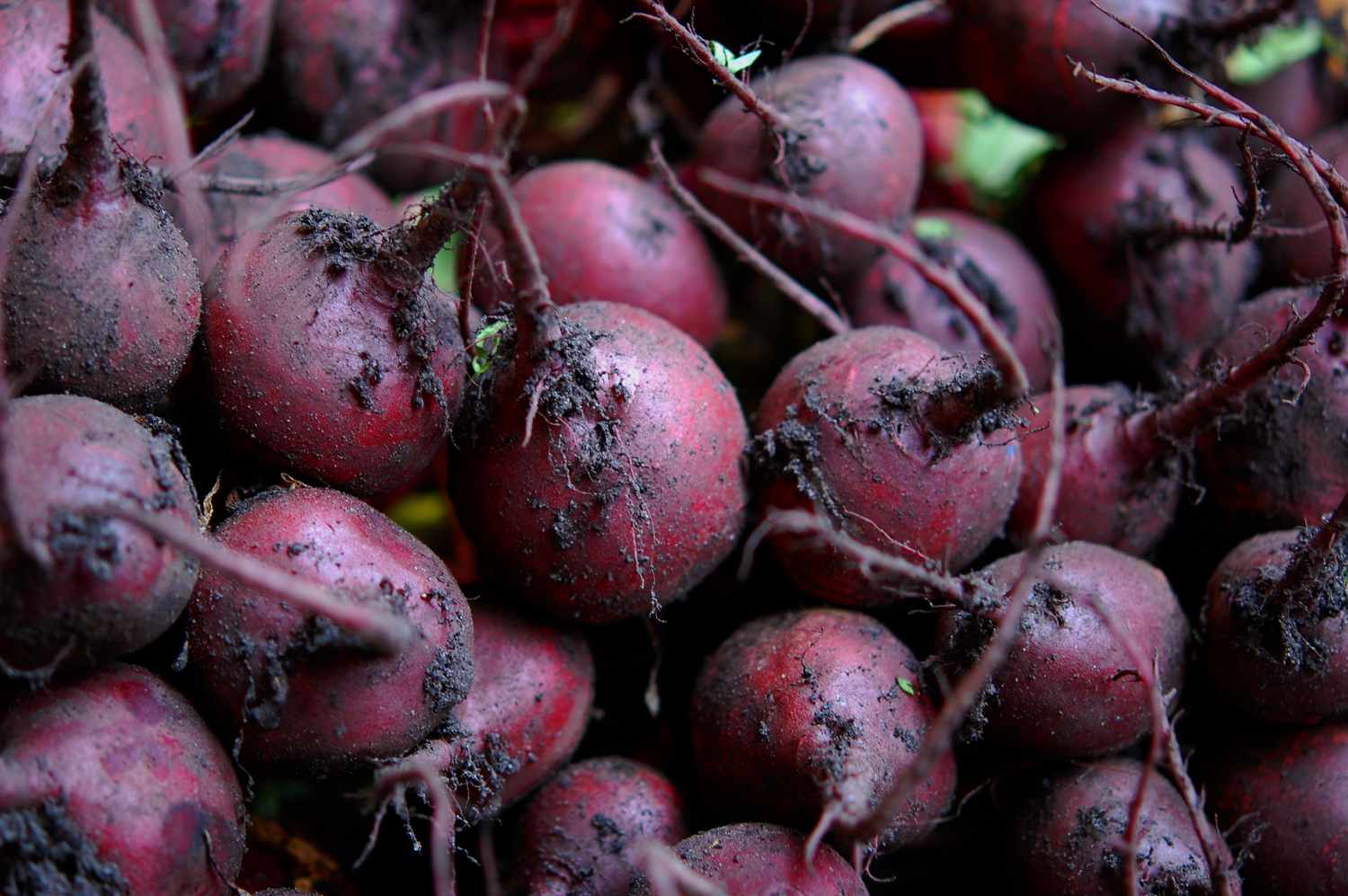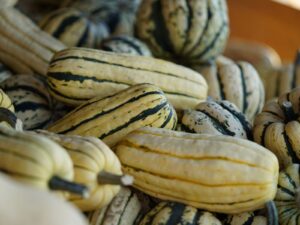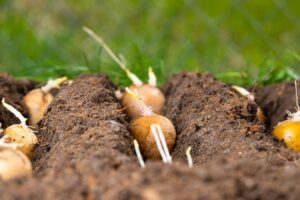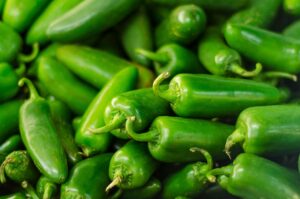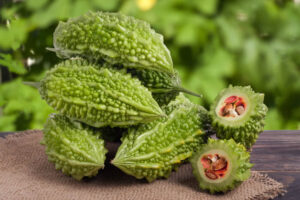How to Grow and Use Beets: A Complete Guide
Are you looking to add vibrant color, exceptional nutrition, and versatile flavor to your kitchen? Growing your own beets might be the perfect addition to your gardening repertoire. Beets (Beta vulgaris) are not only nutritional powerhouses packed with vitamins, minerals, and antioxidants, but they’re also surprisingly easy to grow in various settings—from spacious garden beds to compact containers on your windowsill.
This comprehensive guide will walk you through everything you need to know about growing beets successfully, whether you’re planning to cultivate them in your garden, in pots, or indoors. We’ll cover the entire process from seed selection to harvest, along with tips for troubleshooting common problems and maximizing your yield.
Why Grow Your Own Beets?
Before diving into the cultivation methods, let’s explore why growing your own beets is worth your time and effort:
- Nutritional benefits: Beets are rich in essential nutrients, including folate, manganese, potassium, iron, and Vitamin C. According to the USDA Food Data Central, beets are also excellent sources of dietary fiber and unique phytonutrients called betalains, which have been associated with anti-inflammatory and antioxidant properties.
- Culinary versatility: From the vibrant roots to the nutritious greens, every part of the beet plant is edible and can be incorporated into various dishes.
- Economic value: Growing your own beets is cost-effective, especially considering organic beets in the US market can cost $2-4 per bunch.
- Variety access: Home growing gives you access to unique heirloom varieties not commonly found in grocery stores.
Understanding Beet Varieties for the US Market
The US market features numerous beet varieties, each with distinct characteristics suited for different growing conditions and culinary purposes. Here’s a breakdown of popular beet varieties available to American gardeners:
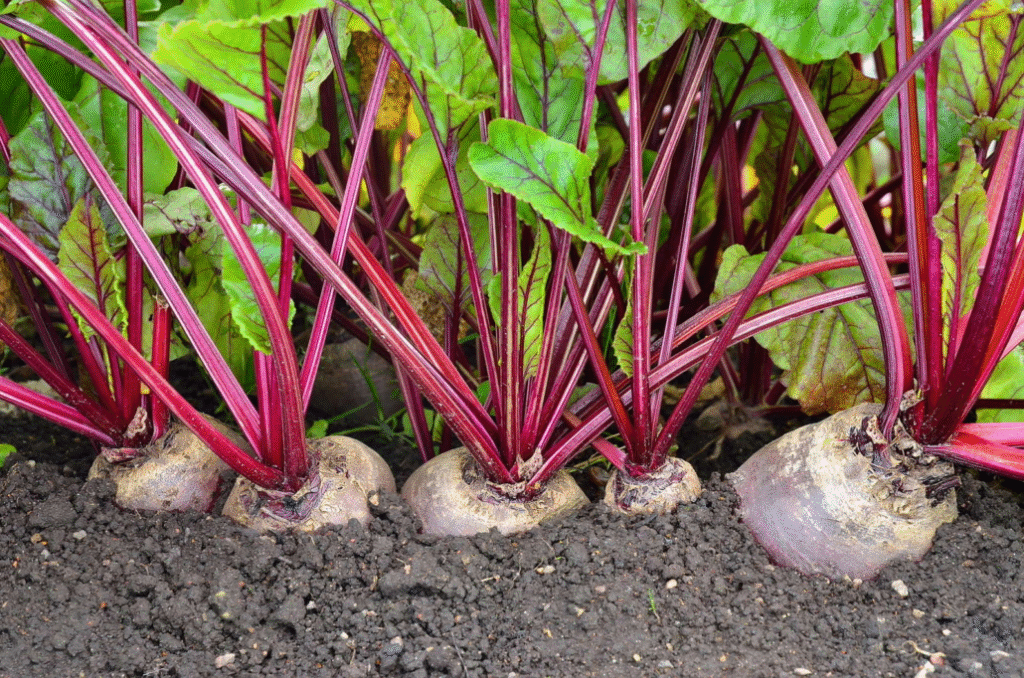
| Variety | Days to Maturity | Size | Color | Flavor Profile | Best Uses | Special Features |
|---|---|---|---|---|---|---|
| Detroit Dark Red | 55-60 days | 3-4 inches | Deep red | Sweet, earthy | All-purpose, canning | Heirloom, heat-tolerant |
| Bull’s Blood | 35 days (greens), 55-60 (roots) | 2-3 inches | Intense burgundy | Rich, sweet | Microgreens, baby beets | Beautiful foliage for ornamental value |
| Golden | 55-60 days | 2-3 inches | Bright yellow | Mild, less earthy | Roasting, salads | Won’t bleed color when cooked |
| Chioggia (Candy Stripe) | 55-60 days | 2-3 inches | Red and white concentric rings | Sweet, mild | Fresh preparations, salads | Unique interior pattern |
| Cylindra | 60 days | 6-8 inches long, 2 inches wide | Dark red | Sweet, tender | Slicing, uniform portions | Space-efficient cylinder shape |
| Sugar Beet | 90-95 days | 8-10 inches | White | Very sweet | Sugar production, livestock feed | High sugar content |
| Early Wonder | 45-55 days | 3 inches | Dark red | Sweet, tender | Baby beets, bunching | Fast-growing, cold tolerant |
| White Albino | 50-55 days | 2-3 inches | Pure white | Very sweet, mild | Specialty salads, pickling | No staining, mild flavor |
Growing Beets in Your Garden
Selecting the Perfect Growing Site
Beets thrive in full sun but can tolerate partial shade, especially in hotter regions where afternoon shade may be beneficial. When selecting your garden location, consider these factors:
- Sunlight: Choose a spot that receives at least 6 hours of direct sunlight daily.
- Soil quality: Beets prefer loose, well-draining soil with a pH between 6.0 and 7.0.
- Previous crops: Avoid planting beets where you’ve recently grown chard or spinach, as they belong to the same family and can share diseases.
Preparing Your Garden Soil
Proper soil preparation is crucial for developing healthy beet roots:
- Testing: Start by testing your soil pH. You can purchase an affordable soil test kit at garden centers or send samples to your local extension office through the USDA Cooperative Extension Service.
- Amending: If your soil is too acidic (below 6.0), add garden lime according to package directions. For alkaline soil (above 7.0), incorporate sulfur or peat moss.
- Improving texture: Remove rocks and break up any compacted soil. Beets develop misshapen roots when they encounter obstacles.
- Adding organic matter: Work in 2-3 inches of compost to improve both drainage and water retention.
- Avoiding over-fertilization: Beets don’t require heavy fertilization. Too much nitrogen results in lush foliage at the expense of root development. Use a balanced fertilizer with equal or lower nitrogen compared to phosphorus and potassium.
Direct Sowing Seeds in Garden Beds
Beets perform best when directly sown outdoors rather than transplanted. Here’s how to plant them for optimal results:
- Timing: Plant beets in early spring, 2-3 weeks before the last frost date, when soil temperature reaches at least 45°F (7°C). For fall crops, sow seeds 6-8 weeks before the first expected frost.
- Seed preparation: Soak beet seeds in warm water for 24 hours before planting to improve germination. Beet “seeds” are actually seed clusters that contain multiple embryos.
- Planting depth: Sow seeds ½ inch deep in rows spaced 12-18 inches apart.
- Spacing: Place seeds about 1 inch apart in the row. You’ll thin them later.
- Covering: Cover lightly with soil and water gently but thoroughly.
- Succession planting: For continuous harvest, sow new seeds every 2-3 weeks until temperatures consistently reach above 80°F (27°C), when germination becomes difficult.
Care and Maintenance
Once your beet seedlings emerge, follow these practices for healthy growth:
- Thinning: When seedlings reach 2-3 inches tall, thin them to stand 3-4 inches apart. Don’t discard the thinnings—the baby greens are delicious in salads!
- Watering: Provide consistent moisture of about 1 inch per week. Inconsistent watering can cause roots to crack or develop woody sections.
- Mulching: Apply a 2-inch layer of organic mulch around plants (not touching stems) to conserve moisture and suppress weeds.
- Weeding: Remove weeds regularly, as beets don’t compete well against them.
Growing Beets in Containers
Don’t have garden space? No problem! Beets adapt well to container growing, making them perfect for patios, balconies, or small yards.
Choosing Containers
Select containers that provide adequate depth and drainage:
- Size: Choose containers at least 8-12 inches deep to accommodate root development.
- Width: Wider containers allow you to grow more plants. A standard 12-inch diameter pot can support 5-7 beet plants.
- Material: Any container material works as long as it has drainage holes. Fabric pots and self-watering containers work particularly well.
Container Soil Mix
Use a high-quality potting mix rather than garden soil, which can compact in containers. Create an ideal growing medium by mixing:
- 60% high-quality potting soil
- 30% compost
- 10% perlite or vermiculite for drainage
Planting Process
- Fill containers: Leave about 1 inch of space at the top for watering.
- Seed spacing: Sow seeds ½ inch deep and 1-2 inches apart.
- Watering: Water thoroughly after planting until moisture drains from the bottom holes.
- Placement: Position containers where they’ll receive at least 6 hours of sunlight daily.
Container-Specific Care
- More frequent watering: Container soil dries out faster than garden soil. Check moisture levels daily during hot weather.
- Fertilizing: Apply a balanced liquid fertilizer diluted to half strength every 3-4 weeks.
- Protection: Move containers to sheltered locations during extreme heat or cold.
Growing Beets Indoors
Yes, you can grow beets indoors year-round! While they may not produce roots as large as outdoor crops, indoor beets can provide continuous access to nutritious greens and small, tender roots.
Setting Up Your Indoor Growing Space
- Lighting: Position plants near a south-facing window for maximum natural light. If natural light is insufficient, supplement with full-spectrum LED grow lights positioned 6-12 inches above plants for 12-14 hours daily.
- Temperature: Maintain room temperature between 60-70°F (15-21°C) for optimal growth.
- Air circulation: Use a small fan on low setting to prevent fungal diseases and strengthen stems.
Containers for Indoor Growing
Choose wide, shallow containers for indoor beets:
- Window boxes or rectangular planters work well
- Minimum depth of 6 inches
- Must have drainage holes
Planting and Care for Indoor Beets
- Soil: Use the same high-quality potting mix recommended for outdoor containers.
- Seeding: Plant seeds ½ inch deep and 2 inches apart.
- Thinning: Thin to 3 inches apart when seedlings reach 2 inches tall.
- Watering: Keep soil consistently moist but not soggy. Water when the top inch of soil feels dry.
- Humidity: Indoor air can be dry, especially in winter. Increase humidity by placing containers on trays filled with pebbles and water (ensuring pot bottoms don’t touch the water).
- Fertilizing: Apply diluted liquid fertilizer (¼ to ½ strength) every two weeks.
Harvesting and Storing Your Beets
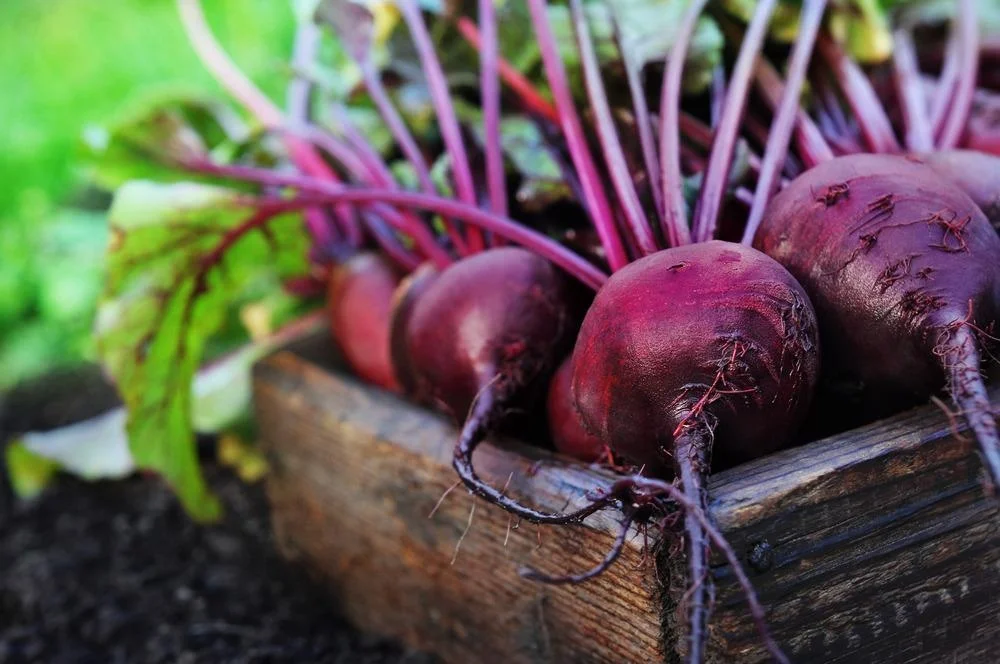
When to Harvest
The beauty of growing beets is their versatility in harvest timing:
- Baby beets: Harvest when roots reach 1-2 inches in diameter, approximately 30-40 days after planting. These tender young beets have milder flavor and smoother texture.
- Full-size beets: Most varieties reach optimal size (2-3 inches diameter) in 55-70 days. Don’t allow roots to grow much larger, as they can become woody and less flavorful.
- Beet greens: Harvest outer leaves when they reach 6 inches long, leaving the inner leaves to continue growing. Or harvest the entire plant if you’re thinning.
Harvesting Technique
- Water the soil before harvesting to loosen it and make extraction easier.
- Gently grasp the tops near the soil line and pull straight up with a slight twisting motion.
- For stubborn roots, loosen the soil around them with a garden fork before pulling.
Post-Harvest Processing
- Cleaning: Rinse beets gently to remove soil. Don’t scrub hard or you’ll damage the skin.
- Trimming: Leave 1-2 inches of stems attached to prevent bleeding during storage or cooking. Cut off the long taproot.
- Greens separation: If not using greens immediately, remove them from the roots, leaving 1-2 inches of stems. Store greens separately.
Storage Methods
- Short-term: Unwashed beet roots can be stored in the refrigerator crisper drawer in a perforated plastic bag for 2-3 weeks.
- Long-term: For winter storage, place unwashed, undamaged beets in boxes or crates lined with damp sand in a cool (32-40°F/0-4°C), humid location like a root cellar. They can last 2-4 months this way.
- Freezing: Cooked, peeled, and sliced beets freeze well for up to 12 months.
- Canning: Pickled beets are a popular preservation method. The National Center for Home Food Preservation offers safe canning guidelines.
Troubleshooting Common Beet Growing Problems
Even experienced gardeners encounter challenges. Here are solutions to common beet growing problems:
Poor Germination
- Cause: Soil too cold, old seeds, or soil crusting
- Solution: Ensure soil temperature is above 45°F (7°C), use fresh seeds, and keep soil consistently moist until germination
Stunted Growth
- Cause: Compacted soil, insufficient nutrients, or crowding
- Solution: Loosen soil, apply balanced fertilizer, and ensure proper thinning
Bitter Taste
- Cause: Heat stress or inconsistent watering
- Solution: Provide afternoon shade in hot weather and maintain consistent soil moisture
Split or Cracked Roots
- Cause: Inconsistent watering or sudden heavy watering after drought
- Solution: Water regularly and use mulch to maintain even soil moisture
Small or Malformed Roots
- Cause: Rocky soil, too much nitrogen, or overcrowding
- Solution: Remove rocks and obstacles, reduce nitrogen fertilization, and thin plants properly

The US Beet Market: Production and Trends
The United States has a significant beet industry, with two main segments: table beets for human consumption and sugar beets for sugar production. According to the USDA’s National Agricultural Statistics Service, the US is among the world’s top producers of sugar beets, with states like Minnesota, Idaho, North Dakota, and Michigan leading production.
For table beets, the market has seen steady growth as consumers increasingly recognize their nutritional benefits. The organic beet segment is particularly expanding, with growth rates exceeding 8% annually according to recent market analyses.
Home gardeners contribute to this trend by growing specialty varieties rarely found in commercial production, helping preserve genetic diversity and traditional growing practices. By growing your own beets, you’re participating in a broader movement toward sustainable, local food production.
Conclusion
Growing beets offers remarkable rewards for relatively little effort. Whether you’re cultivating them in a spacious garden, compact containers, or indoor growing spaces, these versatile root vegetables provide exceptional nutrition, vibrant color, and delicious flavors for your table.
By following the guidelines in this comprehensive guide, you’ll be well-equipped to grow healthy, abundant beet crops regardless of your gardening experience or available space. Remember that each growing season offers new learning opportunities—keep notes on what works best in your specific conditions, and don’t be afraid to experiment with different varieties and techniques.
